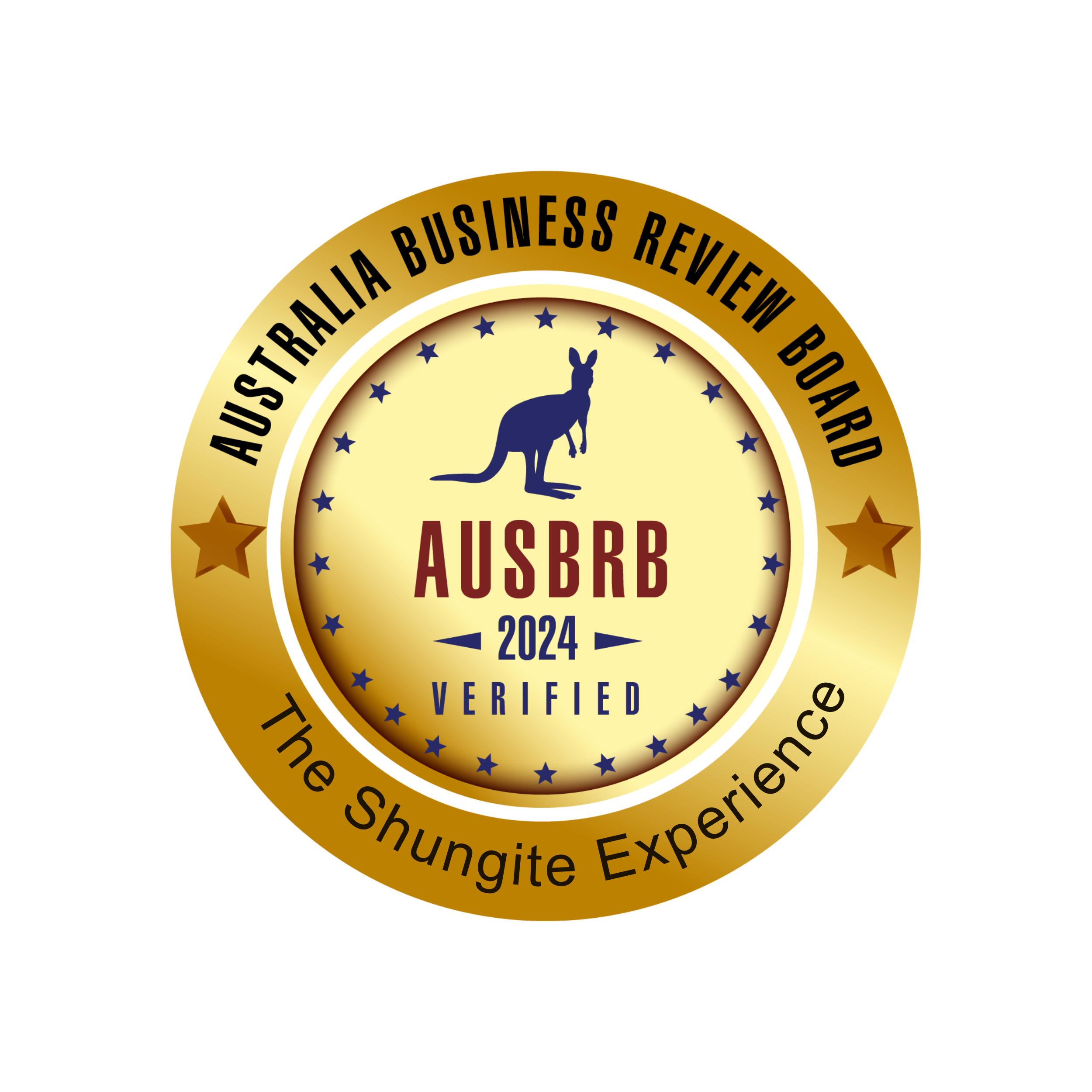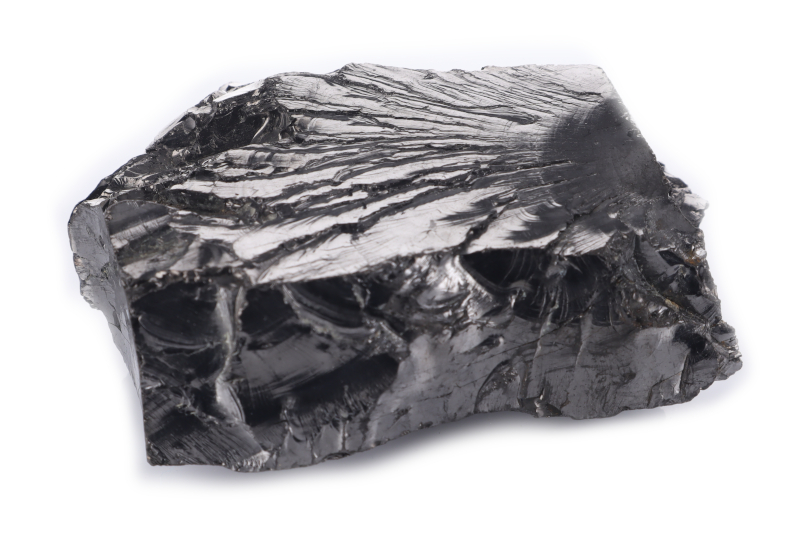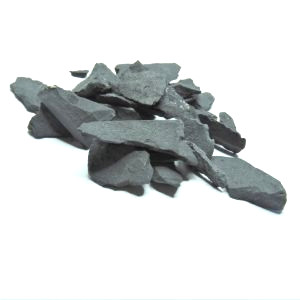Scientific Papers
A Study of the Antioxidant, Cytotoxic Activity and Adsorption Properties of Karelian Shungite by Physicochemical Methods
This study reveals that fossil shungite samples exhibit antioxidant activity, can reduce oxidized components, and bind to free radicals. A sample of Sh20 (size fraction—20 μm) (1.30 mg equivalents of ascorbic acid/g of shungite; 3.46 mg equivalents of trolox/g of shungite; 0.99 mg equivalents of quercetin/g of shungite) had the maximal activity according to the amperometric method. The obtained data indicate that shungite has antioxidant properties, which are approximately 1000 times less pronounced than quercetin. A ShT20 sample (size fraction—20 μm + heat treatment) was found to have the highest antioxidant activity against the 2,2-diphenyl-1-picrylhydrazyl radical and cytotoxicity. Further studies, including optimising the antioxidant extraction conditions of shungite and analysing the qualitative and quantitative composition of the obtained extracts, are required for a more accurate interpretation of the results. Shungite can be applied as an alternative to activated carbon in water purification due to its absorption, catalytic, antioxidant, regenerating, and antibacterial properties, as well as its high environmental safety and relatively low cost. Identifying new structural forms of carbon within, and other valuable properties of, shungite substance is possible. This will make it possible to create effective technologies for the practical use of shungite rocks, particularly in producing fullerenes and other carbon nanoclusters. Continue reading: https://www.ncbi.nlm.nih.gov/pmc/articles/PMC8301057/






